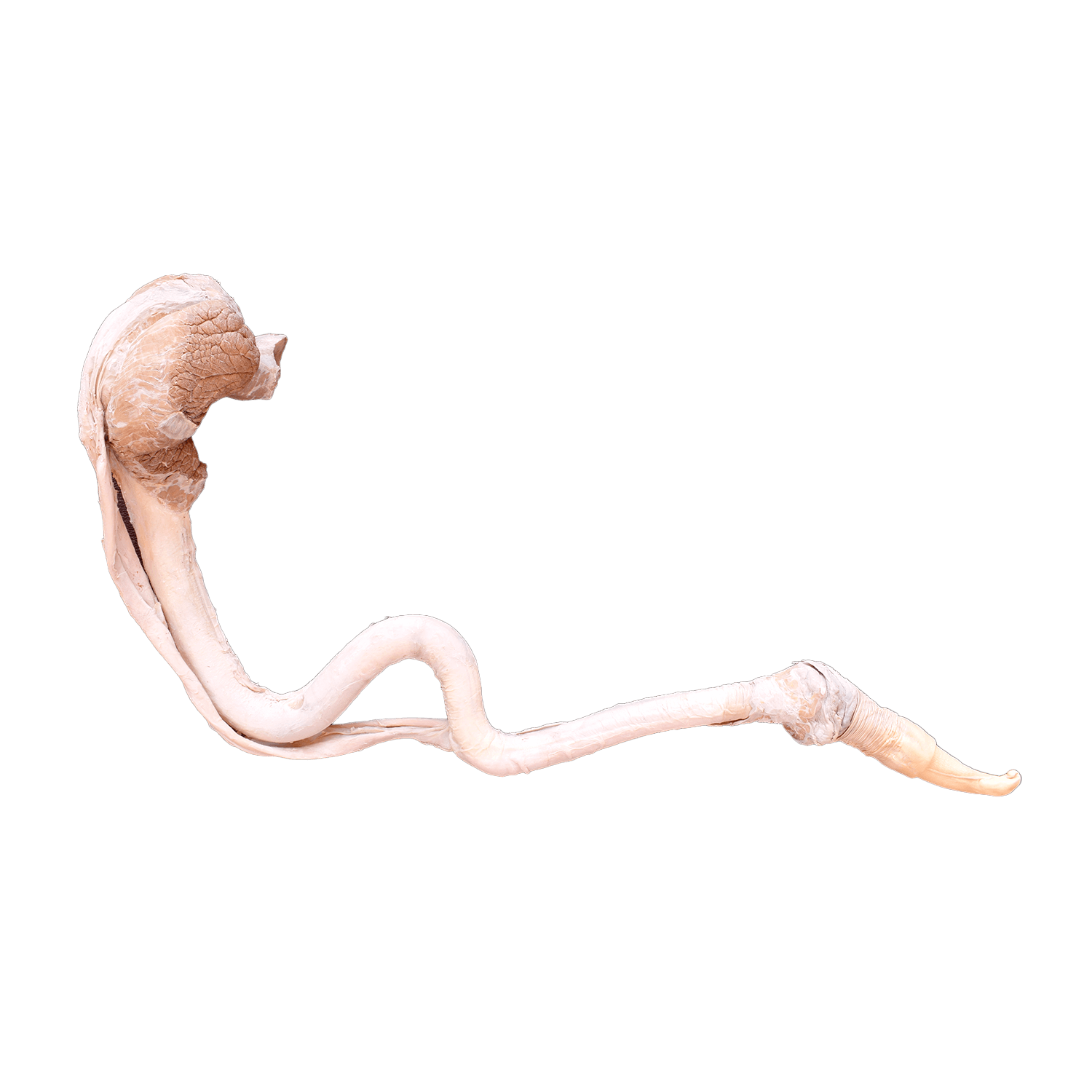


If you have access to our plastinated specimens, you will be able to deepen your anatomical knowledge in a practical and hands-on way.These specimens will enable you to:
• Precisely identify key anatomical structures.
• Understand anatomical reality in detail.
• Reinforce theoretical learning.
• Strengthen the acquisition of practical and clinical skills.
These advantages make Discover-IN specimens an innovative resource for students, educators, and professionals seeking comprehensive, effective, long-lasting, and biologically safe training in veterinary anatomy.
Discover-IN provides real plastinated specimens designed specifically for practical, safe, and long-lasting veterinary anatomy education and training. These materials are ideal for veterinary faculties, anatomy laboratories, and continuing education centers that require high-quality anatomical resources.
The catalog includes a wide range of species and anatomical systems, offering specimens that support hands-on understanding—from isolated organs to complex dissections, body sections or organ blocks. Each piece is unique thanks to the plastination process.
This resource adds significant value to veterinary training by enhancing learning through direct experience and complementing theoretical knowledge with real, easy-to-handle materials.
The bovine penis is a highly specialized organ designed for copulation and semen deposition in cows. Classified as a fibroelastic penis, it differs from muscular penises found in other species. Its structure is primarily composed of dense connective tissue with a small proportion of erectile tissue, which allows the penis to remain rigid even in a non-erect state due to the sigmoid flexure, an S-shaped curve present along the shaft.
1. Key Anatomical Features
- Shaft: Contains the corpus cavernosum and corpus spongiosum, providing structural support and enclosing the urethra for semen transport.
- Glans penis: The distal portion of the bovine penis, adapted for successful copulation and semen delivery. In bulls, the glans is conical and tapers to facilitate insertion into the cow’s vagina.
- Prepuce: The sheath protecting the penis when retracted, critical for hygiene and preventing injury.
- Vascular and connective structures: The rich vascular network supports erection, while connective tissue maintains rigidity and flexibility.
2. Morphological Variations
Morphology can vary depending on breed, age, and individual bulls. Some breeds may have longer, thicker penises, while individual anatomical differences can influence fertility and mating efficiency. Veterinarians must recognize these variations to assess reproductive suitability and diagnose abnormalities such as penile malformations or injuries.
Understanding the bovine penis function is critical for breeding success and artificial insemination programs.
3. Erection and Copulation
The fibroelastic penis achieves erection via sigmoid flexure straightening, not blood engorgement:
- Sexual arousal: Triggered by pheromones, visual, and tactile cues.
- Flexure extension: Allows penetration.
- Semen deposition: Efficient transfer into the cow’s reproductive tract ensures fertilization.
4. Sexual Maturity and Fertility
- Bulls reach sexual maturity between 9–12 months.
- Peak reproductive performance occurs between 2–5 years.
- Anatomical integrity impacts mating efficiency and conception rates.
5. Visual Characteristics
Observing the bovine penis is essential for clinical assessment:
- Shape: Cylindrical shaft with conical glans.
- Prepuce: Should be clean, lesion-free, and retractable.
- Erect state: Reveals glans morphology and potential abnormalities.
Veterinarians assess these characteristics to detect trauma, infection, or congenital defects, all of which can impact reproductive efficiency.
6. Measurements
Precise measurement of the bovine penis informs reproductive evaluation:
- Average length: Mature bulls typically 50–70 cm when fully extended.
- Diameter: Ranges from 3–5 cm depending on breed and age.
- Erect length: Evaluated during breeding soundness examinations.
These metrics guide artificial insemination, catheter selection, and sire selection for optimal herd fertility.
7. Terminology
Accurate terminology ensures clear communication among veterinarians, livestock managers, and students:
- Bull penis vs. Bovine cock: Scientific vs. colloquial terminology.
- Prepuce: Sheath protecting the penis.
- Glans: Distal tip essential for semen deposition.
- Sigmoid flexure: S-shaped curve allowing extension.
- Proximal/distal, cranial/caudal: Directional descriptors for clinical evaluation.
8. Importance of Studying Bovine Penis Anatomy
Studying bovine cock anatomy has significant implications:
Veterinary Diagnostics
- Detect congenital malformations or injuries.
- Identify infections or inflammatory conditions.
- Assess reproductive soundness before breeding.
Breeding and Artificial Insemination
- Optimize semen collection.
- Ensure proper catheter placement during artificial insemination.
- Select bulls with healthy anatomy for breeding programs.
Education and Comparative Anatomy
- Veterinary students often study bull reproductive anatomy alongside models like the sheep heart to understand tissue structure, vascularization, and function.
- Plastinated models and dissections allow hands-on learning without cadaver decay.
Animal Welfare and Productivity
- Prevent injury during handling or breeding.
- Early detection of reproductive issues improves welfare and productivity.
- Optimize herd fertility through informed management practices.
The anatomy of the bovine penis is a complex and highly specialized system essential for reproductive success in cattle. Its fibroelastic composition, conical glans, and characteristic sigmoid flexure facilitate effective semen delivery during both natural mating and artificial insemination.
A thorough understanding of this anatomy is crucial for accurate diagnosis, clinical treatment, and the management of breeding programs. It also plays a key role in ensuring the fertility of bulls and enhancing overall herd productivity.